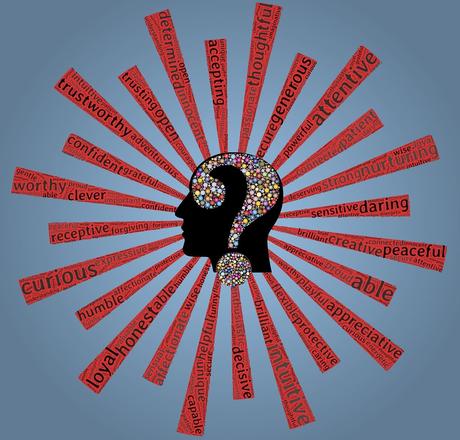
The First and Second Industrial Revolutions (circa 1760-1900) shifted labor and production from the old cottage industry model (e.g. churning butter in your living room) to factories and industrial settings. Workers, for the first time in history, now had to work set hours, commute to the workplace, and endure an omnipotent foreman who could hire, fire, and even physically punish them however they chose.
Meanwhile, Britain passed the Slave Trade Felony Act in 1811 and outlawed the practice entirely in 1833. The United States Congress ratified the 13th Amendment in 1865, outlawing slavery as well. But slavery wasn't abolished on moral grounds. The practice was ended because abolitionists and businessmen knew it degraded labor and ultimately stagnated economic and social growth in a time of great opportunity.
These new occupational realities forced business owners and managers to not only get the technological and economic conditions right for sustained profitability but also get the human conditions right. Strikes were common in the 19th century as workers demanded better pay, hours, and working conditions. The concept of human resources management was born as a result. The industry has quickly evolved to the point that HR handles everything from recruiting to selecting the best office furniture for company culture.
Teddy Roosevelt: USA's First HR Manager
Coal miners in Pennsylvania went on strike in May of 1902. They demanded that mine operators recognize the United Mine Workers Union. It asked for shorter workdays and higher pay for workers. A prolonged strike would have damaged the U.S. economy and created higher prices and shortages of coal for the upcoming winter season.
President Theodore Roosevelt, in the interest of the public, sent troops to Pennsylvania to work at the mines so production would not suffer. This move forced mine operators' hands. They succumbed to most of the workers' demands as profits were greatly diminished with the military running the mines. Workers ultimately got 10% raises and their workdays reduced from nine hours to eight.
Read More: Top 6 Skills to Look For in a Human Resource ManagerThe corporate world took notice of how Roosevelt essentially acted as a de-facto personnel department that handled employee grievances, safety, and other concerns. National Cash Register Company had just endured a similar strike and established what is generally accepted as the first-ever company Human Resources department in the USA during Roosevelt's first year as President. The idea was to keep employees happy, increase productivity and profits, and reduce turnover. Many other large and medium-sized businesses followed suit by implementing their own versions of HR.
Personnel Management: 1970-1980s
Economic growth reached unprecedented heights in the 1960s. This trend created a new problem for large corporations: decreased worker loyalty. Gone were the days a worker started at the company at the age of 16 and worked there until they retired. More employment opportunities meant that companies had to go the extra mile to retain top talent.
HR personnel was now tasked with developing strategic and tactical methods that would increase employee commitment to the company. Performance management policies were implemented that provided, among other things, bonus structures, professional development, and more transparency. Career planning policies that encouraged additional training and continuing education, were also widely implemented. HR also took on the role of compliance officers as new labor laws and civil rights legislation took effect.
Companies that accepted these new realities and invested in HR held the advantage over their competitors during this time.
HR in the 21st Century
High-speed internet, email, and mobile devices have completely transformed the occupational landscape in the developed world. Workplace dynamics have also changed dramatically since the turn of the century.
A 2017 Gallup poll found that 43% of Americans worked remotely in some capacity the previous year. The survey also found that these types of flexible working conditions played a key role when job seekers are deciding between multiple offers. Studies also show that workers are more productive when working remotely. The practice also lowers overhead costs.
Thomas Haak, of the HR Trend Institute, pointed to the aforementioned and several other trends HR personnel must contend with now and in the future.
The human element that HR personnel offer is irreplaceable. But some tasks are succumbing to automation. Recruiting, application tracking, and talent management software have allowed both small and large companies to cut HR staffing and replace them with cost-effective technology. Millennials make up a majority of the American workforce as of 2015, with Gen Z also entering the workforce around that time. HR departments must adapt to this reality. This means utilizing social media channels for talent acquisition and knowledge-sharing while embracing new technologies as they become available.
Human Resources officers are now called Chief Experience Officer, Talent Acquisition Manager, and other names to reflect the changing times. The essential roles of HR have not changed since the beginning of the 20th century. But the scope of responsibilities has expanded in a global economy with perpetually-advancing technologies and a much-more competitive workforce.
7 total views, 7 views today

